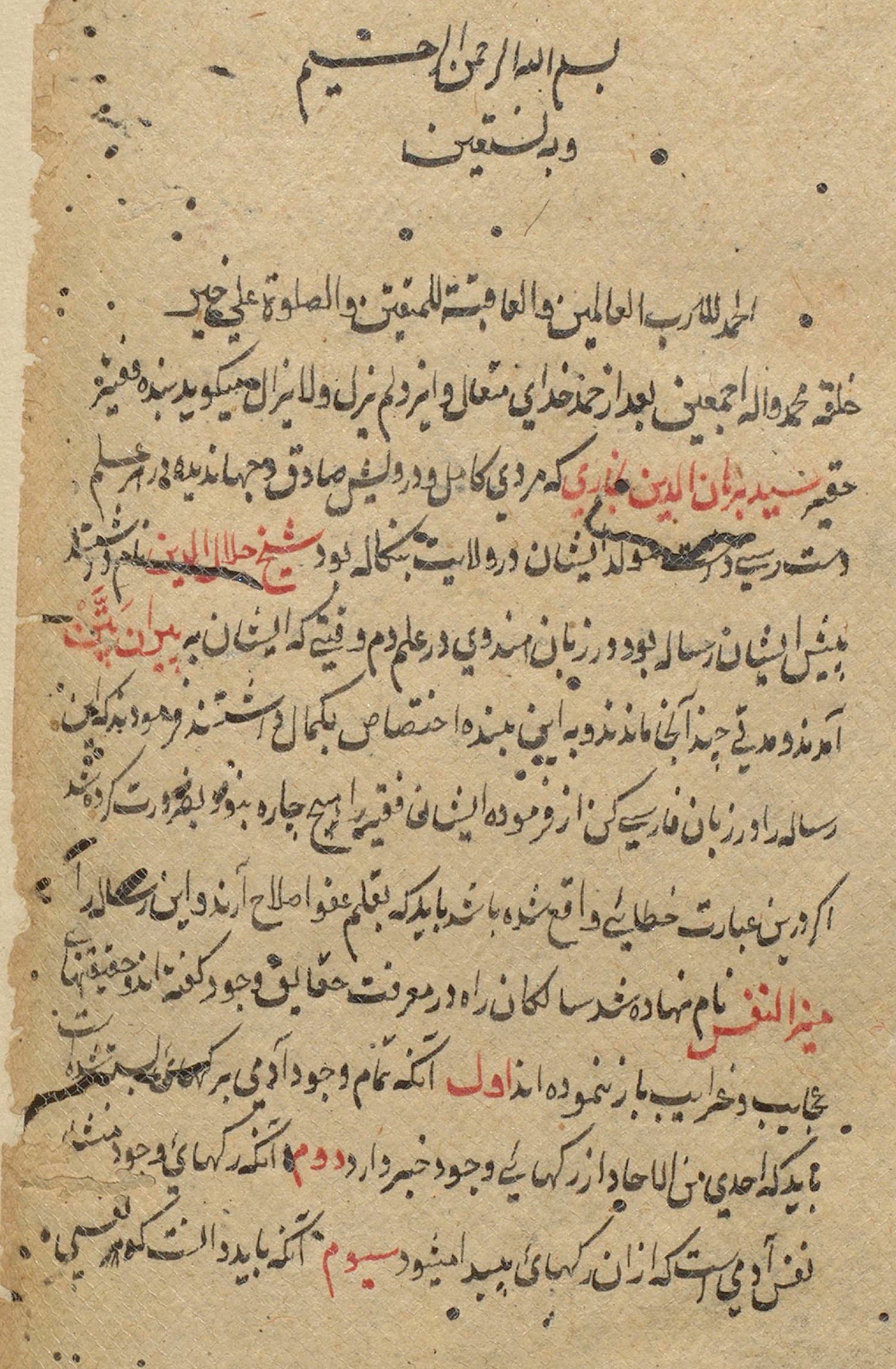After completing three degrees in religious studies (BA, MTS, PHD), this year I find myself teaching in a philosophy department. In the particular case of UC Colorado Springs (UCCS), there is no formal religious studies program on campus, and the philosophy department is the place where the study of religion has found a proverbial home. After visiting campus for the first time a few weeks ago (see my earlier blog post) and meeting some of the philosophy faculty, I have to say I didn’t feel out of place at all. After all, the dividing line between these two disciplines is largely arbitrary, and can be traced to particular social and cultural histories in European and North American academies. Especially after attending Harvard Divinity School, which some forget is technically a seminary, I came to appreciate how many subjects philosophers and theologians have in common, and how religious studies as an academic discipline overlaps with both while also retaining some space of its own. At dinner with my colleagues, I was amazed at how many people told me about their love for teaching al-Kindi, al-Farabi, and Ibn Sina (the name I prefer to the Latin transliteration, Avicenna, but that’s a different blog post).
I developed a course called Islamic Philosophy for UCCS this semester, and will be teaching another course called Modern Islamic Philosophy in the fall. So far, the syllabus each course (one in progress and one under development) is not that different from a course I took at Harvard called…wait for it…”Islamic Philosophy and Theology.” Reading al-Kindi, al-Farabi, Ibn Sina, al-Ghazali, Ibn Rushd, Mulla Sadra, Sayyid Ahmed Khan, Muhammad `Abdu, Jamal al-Din al-Afghani, Said Qutb, and so forth in one department vs. another is not that different, especially at the undergraduate level. True, most of my students at UCCS have taken philosophy courses before, and have more familiarity with Aristotle than you would expect from the typical 21 year old in the United States, but almost none of them have read anything from Islamic intellectual history before, so that previous knowledge only serves them when the authors we cover in class address the Greek “classical” writers. The rest of the time, I have to explain everything else the same way I would when teaching this material in a religious studies department.
In terms of scholarship, my training and specialization is in studying texts, analyzing them in order to produce new insights — either because no one else has looked at the texts in question for a very long time, or because I seek to make an intervention in the current scholarly discourse surrounding the subjects that these texts address. So, studying Indian divination techniques known as “the science of the breath” (Persian: `ilm-i dam), brings up these challenging questions - how do we draw the boundaries between science, religion, and magic? How do those boundaries shift from one historical or cultural context to another? What happens when we take boundaries generated in a particular context and apply them to another without adjusting for different political and religious sensibilities? What role does colonization and Orientalism play in the way that knowledge from non-European cultures has been received, interpreted, and marginalized - especially over the past 300 years? These are all questions that I know I can pursue in cooperation with this band of philosophers with whom I now find myself joined.
In truth, after spending five years immersed in a religious studies program, it has been a breath (ha!) of fresh air to change gears. I’m reminded of my undergraduate institution, Macalester College (Go Scots!), where the Departments of Religious Studies and Philosophy shared the same floor in Old Main, and I was known to bother professors from either department if they left the door open…inviting me to stop by and ask questions. In addition to religious studies, I also majored in classics, and read some of these ancient philosophers in the original Greek.
This is all to say that in my experience, a scholar of religion teaching in a philosophy department is no “stranger in a strange land” situation. Instead, I think it is a real opportunity for growth. I get to talk to people who have spent a lot of time analyzing texts, but also considering other approaches to knowledge (embodiment and visual/material culture especially). We sit, we think, we ask questions. We want to know more, understand more, question more. Sounds like “love of wisdom” (philo-sophia) to me.
